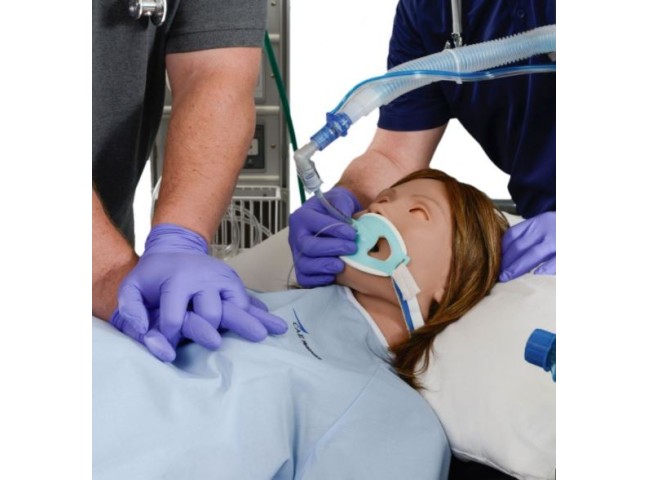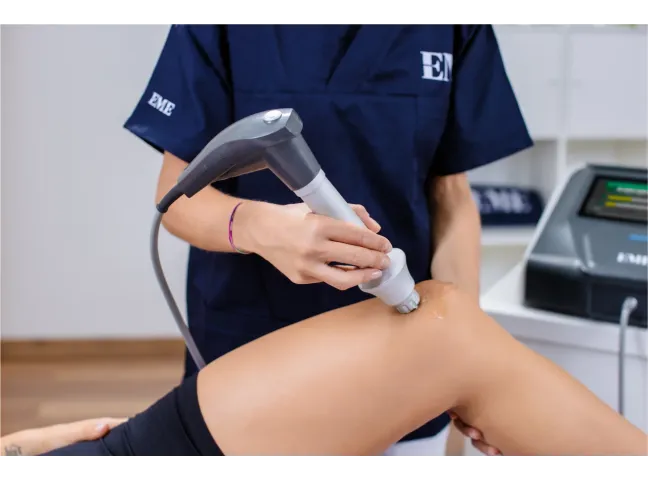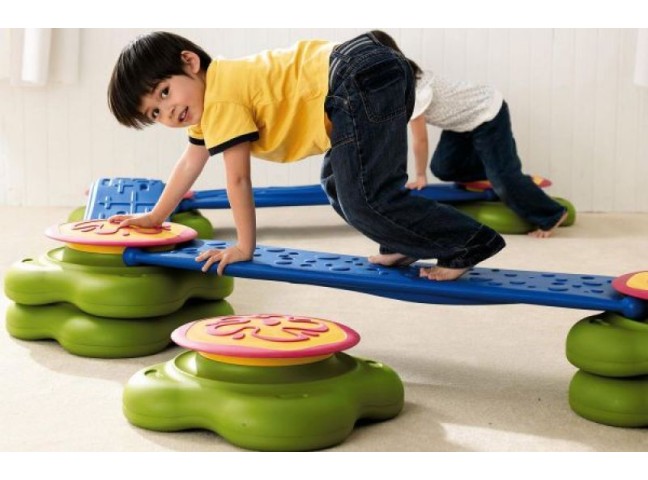From a medical perspective, electrostimulation is entirely safe, effective, and provides long-lasting effects. During electrostimulation, electrical current impulses penetrate deep into the muscles, causing them to contract, massage, and relax.
Types of Electrostimulation
The most commonly used types are: TENS - Transcutaneous Electrical Nerve Stimulation (TENS) is a type of electrical stimulation used to reduce chronic and acute pain. TENS works by altering or interrupting painful signals that travel from injured tissues to the brain. This is done by placing electrodes on the painful body part and using electrical impulses to change the pain signals sent to the brain.
EMS - EMS uses slightly stronger electrical currents than TENS to contract muscles. The device's electrodes (also placed on the skin near affected muscles) cause rhythmic contractions. To achieve greater and better effects, while the electrical current stimulates the muscle, the person also contracts it themselves.
FES – functional electrical stimulation. Applied in cases of nerve damage (brain or spinal cord injury, stroke, peripheral nerve damage). Often, there is disrupted muscle innervation and limb movements. Functional electrical stimulation is used as a method to help the nervous system relearn impaired functions, restore impaired limb movements.
Other types of electrostimulation used in treatment include:
• Electrical Tissue Restoration Stimulation (ESTR) helps reduce swelling, improve circulation, and speed up wound healing.
• Interferential Current (IFC) stimulates nerves for pain relief.
• Neuromuscular Electrical Stimulation (NMES) stimulates muscles to restore their function and strength, prevent muscle atrophy, and reduce muscle spasms.
• Spinal Cord Stimulation (SCS) uses an implanted device to relieve pain.
Benefits of Electrostimulation
During procedures, electrical current impulses stimulate muscles and nerves, causing them to contract and relax. It helps improve tissue nutrition and metabolism, blood circulation.
After injuries or surgeries, when muscles weaken or lose their functions, electrostimulation helps activate and restore lost functions.
Professional and amateur athletes experience various injuries, strains on tendons, muscles, so electrostimulation in this area is often used to help relax strained tendons, muscles, alleviate pain, and speed up the healing of inflammatory processes.
Electrostimulation is also commonly applied to individuals recovering from a stroke, experiencing motor and balance disorders.
There are numerous professional electrostimulation devices designed for medical facilities and suitable for home use. Currently, pelvic floor muscle trainers are very popular, helping strengthen pelvic floor muscles, treating urinary and fecal incontinence, erectile dysfunction, and more. These stimulators are used with special probes.
Electrostimulation is used for:
• Relieving back pain;
• Peripheral nervous system diseases and injuries;
• Degenerative and inflammatory diseases of the musculoskeletal system;
• Movement function disorders due to neurological impairments;
• Prevention of muscle atrophy;
• Restoring muscle mass after prolonged immobilization;
• Increasing muscle strength and endurance;
• Improving metabolism and tissue circulation;
• Preventing venous thrombosis (after surgeries);
• Prevention or treatment of urinary incontinence;
• Pelvic floor muscle training after childbirth;
• Alleviating menstrual pain;
• Improving prostate condition;
• Alleviating and treating headaches and migraines.
Contraindications for electrostimulation:
• Not suitable for individuals with implanted pacemakers;
• Individuals with cardiac rhythm disorders;
• Those with venous thrombosis;
• Abdominal and pelvic electrostimulation is not suitable for pregnant women;
• Individuals with epilepsy;
• Those with open fractures;
• Individuals with hemophilia;
• Not to be used near metastatic foci;
• Individuals with fever;
• On irritated skin, wounds;
• Not to be used on the anterior part of the neck or head.
Is it possible to perform electrostimulation procedures at home?
If you purchase a high-quality, reliable electrostimulator, you can enjoy procedures independently - whenever you want, wherever you want, and whenever it's convenient for you. It's a great way to take care of your health, improve well-being continuously. Before purchasing and using, consult with a doctor or physical therapist.
Do you have questions?
If you have any questions, please contact the Rehastar.com online store staff by phone on weekdays from 08:00 to 17:00 or by email anytime, and we will do our best to respond to you as soon as possible.
Email: info@rehastar.com Phone: +370 626 11553






